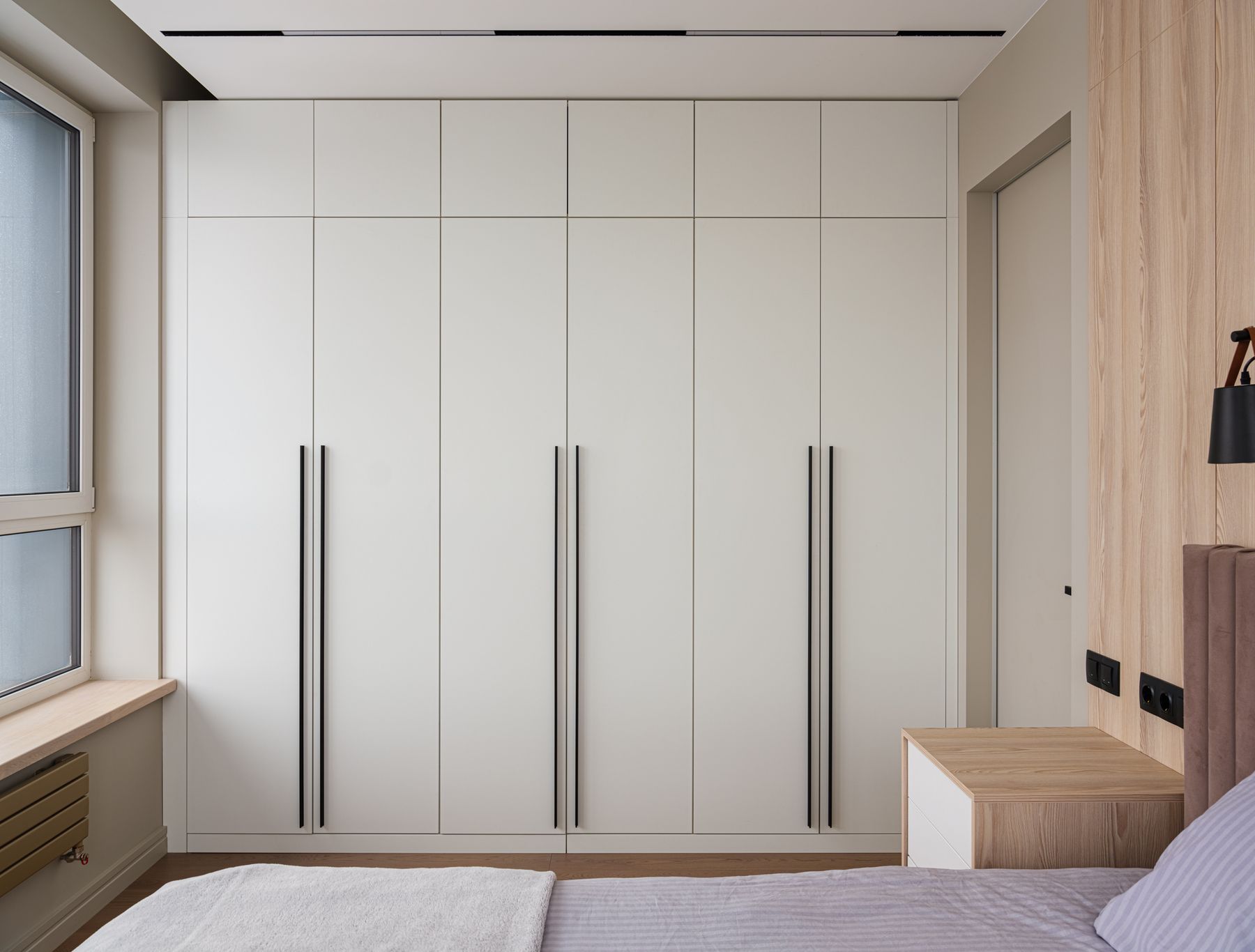
Culinary Spaces Reinvented: The Transformation of Modern Kitchens
The Evolution of Kitchen Design
Over the past few decades, kitchens have transitioned from purely functional spaces to becoming the heart of the home. Historically, kitchens were designed to be compact and utilitarian, with an emphasis on efficiency and ease of cleaning. However, contemporary design takes into account not just the practical aspects of cooking, but also the social and aesthetic elements that make the kitchen a central hub of household activity.
Embracing Open-Plan Living
The open-plan kitchen has been one of the most significant trends in recent years. Breaking down walls to create a unified space has reimagined how we interact within our homes, allowing for a more social environment where cooking, dining, and lounging coexist. Open-concept designs encourage family time and make entertaining easier, as hosts can prepare meals without being cut off from their guests.
Technology at the Forefront
Technology has made its way into modern culinary spaces with smart appliances and innovative tools enhancing the cooking experience. From refrigerators that can help manage your groceries list to ovens that can be controlled with a smartphone, kitchens are now smarter than ever. This integration of technology is not only about convenience but also promotes energy efficiency and waste reduction.
Sustainable Practices and Materials
Environmental consciousness has steered kitchen design towards more sustainable practices. This includes the use of eco-friendly materials for countertops, cabinetry, and flooring, as well as the implementation of waste-reducing systems such as compost bins and recycling centers. The modern culinary space is as much about minimizing ecological impact as it is about style and functionality.
Personalization and Customization
Personalization is at the core of the reimagined culinary space. Homeowners now have the opportunity to tailor their kitchens to reflect personal tastes and needs. From custom color schemes and unique backsplashes to adaptable furniture and storage solutions, the options for customization are as diverse as the individuals using the space.
Multifunctional Islands
The kitchen island has evolved into a multifunctional feature that can provide additional counter space, house appliances, and serve as a dining area. Islands can also be designed to include storage options and to accommodate various activities such as meal prep, homework, or casual conversations over coffee.
Emphasis on Natural Light and Greenery
Natural light has become a key component of kitchen design, with large windows and skylights becoming more prevalent. Incorporating plants and herbs into the kitchen not only adds a touch of nature but can also improve air quality and provide fresh ingredients for cooking. This emphasis on natural elements creates a more inviting and serene environment.
Conclusion: The Kitchen as a Reflection of Lifestyle
Today, the design of culinary spaces reflects a broader shift towards personalization, sustainability, and technology. It is a testament to our changing lifestyles, where the kitchen is a flexible, open, and connected space. As these trends continue to evolve, one thing remains clear: the modern kitchen is not just about cooking; it's about creating a space that accommodates all aspects of life.